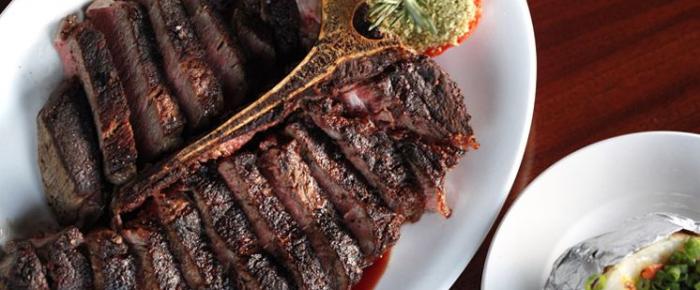
Complexities of Flavors and Creation
What do you get when you combine the essences of lemon, banana, raspberry and pineapple? Strawberry of course. Unless you’re a flavorist, that is probably a surprising response.

What do you get when you combine the essences of lemon, banana, raspberry and pineapple? Strawberry of course. Unless you’re a flavorist, that is probably a surprising response.

Words like salty, sweet, sour, and bitter describe common flavor taste perceptions, but taste alone does not make up your entire flavor experience. Other aspects like appearance, aroma, sound, and texture also contribute to a flavor’s taste.

For many of us, the smell of bacon sizzling in the pan or burgers smoking on the grill makes our mouths water. What is it that flavors meat and leaves us craving more?

Here’s a challenge: Create a heart-healthy, low sodium, low calorie dish that everyone will crave. Ready, Set, Go! This is the task for chefs today who are looking to meet customers’ health expectations without sacrificing flavor.

Think about the last time you had a cold with a stuffed up nose, limiting your sense of smell, and you tried to eat your favorite food. Didn't quite taste the same did it?

What do we actually know about our tongue’s ability to taste flavor? As we continue to learn more about our ability to taste, researches are able to develop new terms and classifications to describe flavor.

Have you ever opened a bag of potato chips and thought to yourself “I wish I could have a chip that tasted like Chicken & Waffles or Sriracha?” Your wish is now a reality.